A work of art in a flower pot - growing bonsai
From ancient times in Japan, masters who mastered the cultivation of bonsai, miniature and exact copies of huge trees, enjoyed great respect. This skill originated in China, and the inhabitants of the Land of the Rising Sun turned small copies of plants into amazing compositions that can be called living sculptures and landscapes. If you look at the photographs of true masterpieces, you might think that the lens captured a mighty oak on a stone cliff, a pine leaning over an abyss, a bizarrely curved beech. It is hard to believe that these giants are not taller than ordinary indoor flowers; a fragile woman can easily pick them up and move them to another place. Creating a bonsai from seeds or cuttings is a real art, you need not only to form a plant, but also to make it attractive, interesting, think over the surrounding design. Do you also want to create living sculptures at home? Tune in to long-term work and careful care: you will have to invest not only work, but also soul in your pets.
Where to begin
To deal with the creation of decorative dwarf trees from seeds or seedlings, you need to purchase the necessary materials and tools, which should always be at hand. The tree is alive, it develops every day and cannot wait while you are going to the store for the device you need at that moment. Decorative elements may be required after a few years, but it is better that they lie in your closet and wait in the wings.
What is necessary?
- Cut or seed.
- Capacity for growing a seedling.
- Decorative vessel for composition: it is better to purchase a special ceramic bonsai bowl.
- Priming.
- Soft wire of different thickness.
- Expanded clay for drainage at the bottom of the vessel.
- Multicolored stone chips.
- Pruner.
- Garden knife.
- A large boulder, colored pebbles, a transparent container for a miniature lake, or other design elements depending on the composition you want to create.
It is advisable to purchase a special bonsai primer from a flower shop. If you can't find the right product, you can prepare the land yourself. It should be borne in mind that the soil should not be very fertile so that the seedling does not develop too quickly. You can take the usual garden soil and mix it with sand.
A dwarf plant will grow from seeds or cuttings of any kind of tree, bush, and even herbaceous plants. Do not tackle a difficult task right away, first stop at a breed with small leaves and flowers, for example, citrus crops, acacia. These trees can be purchased at flower shops where they are already rooted in containers and do not need replanting. You can also grow bonsai outdoors, in which case you need to choose plants that live in your region and do not suffer from the local climate. You can find a small young plant in the forest or in the country, dig it up and place it in the center of the future composition.
Examine the cutting, pay attention to the location of the shoots. Now you need to strain your imagination, imagine the seedling as an adult tree and think about what shape you can give it: an even, inclined or curved trunk, the direction of the main branches, the configuration of the crown. Draw a sketch of your idea in a notebook or on a computer and put it in a safe place where you can get it and look at it at any time.
Plant a stalk or sow some seeds in a pot and grow the base of the future work of art.Provide good care so that the seedling is strong and well tolerated. Inspect the plant periodically and leave only strong thick branches, remove all weak and unnecessary shoots immediately. Then all the forces will go to the formation of a solid thick trunk.
Advice
Grow several seedlings at once. If one of them dies, becomes weak, or is of poor shape, you will have enough material at hand for further work.
Adjusting the height of the tree
When creating a composition with dwarf trees, it must be borne in mind that microscopic sizes cannot be achieved at home, each breed has a limit below which plants cannot develop. Not all trees need to be too small in size: the composition should look proportional, and the ten-centimeter trunk, covered with large leaves and giant flowers, looks more like a caricature than a design composition.
What are the minimum sizes of dwarf plants?
- Spruce, juniper, rhododendron - 8 cm.
- Maple, pine with small needles - 20 cm.
- Scots pine, elm, birch, hazel - 30 cm.
- Ash, oak, beech, linden, larch - 60 cm.
- Chestnut, acacia, cedar, sycamore - 1 m.
You can prevent a tree from growing to its natural height using various techniques. To reduce the supply of nutrients, cut the bark approximately 3/4 of the trunk circumference. The top and branches that are too long must be pruned constantly. The root system should resemble the crown in size and density. Repot the tree every 2 years, while removing excess root shoots and shortening too long ones. Do not forget that a damaged plant needs careful care, otherwise it can get sick and die.
Bonsai formation
When the stem grown from the seeds develops a good root system, and its trunk and main branches become strong, you can start creating a composition. If the care of the seedlings was correct, at the age of two they will be ready to be transplanted into a special bowl. Perhaps the plant did not like your idea and it released branches in completely different places. In this case, the sketch will have to be corrected.
In winter or early spring, trim or twist the trunk and shoots to the desired shape. Take a soft wire and wrap the trunk and branches in a spiral. The thickness of the wire should be selected so that it is 1/3 of the diameter of the appendix. The coils should fit snugly against each other, but not pinch the bark. The tree will still grow, and ugly scars will remain from the tightly stretched wire on the trunk. Give the desired shape to all the elements. Work very carefully, do not use too much force so as not to break the process. If the wire corset does not hold the desired shape, fix it with staples, stretch marks and other devices. The tree should be in this state from 3 to 6 months, until the wood keeps its shape by itself, then the corset must be carefully removed.
Advice
Do not try, without sufficient experience, to give the trunk too fancy a shape, for example to tie it in a knot. For the first time, bend the parts of the plant back a little. When you learn how to do simple operations, you can move on to more complex ones.
Want to grow bonsai for training in one year? Several ivy shoots planted close to each other will intertwine and grow very quickly. Constantly shorten the tops, all nutrients will be deposited in the trunks. If the plant is properly cared for, very soon a fancy miniature tree will form in the pot. Of course, this will not be a masterpiece of bonsai art, but this option is suitable for testing your capabilities.
Creating a composition
Dwarf plants grown from seeds or seedlings are beautiful in themselves, but to show your art in all its glory, you need to make them the center of the composition.You can create a miniature landscape: a few fir trees, moss-covered soil, and in the middle a small container of water instead of a forest lake. If you want to place a tree on an impregnable cliff, find a beautiful boulder and make a hole through it so that the roots can go through it and anchor in the soil of the bowl. For a children's room, you can make a Lukomorye: hang a chain on an oak and install figures of a cat and a mermaid.
Sometimes it is required that a young tree looks like a century-old giant. To do this, carefully cut the bark from the trunk and main branches. Do not strip the entire diameter of the wood; leave a strip for the juices with nutrients to pass through. If a dried out shoot is needed, remove the bark completely. When you want to create the illusion that a tree has been struck by lightning or broken by the wind, break off a large branch or split the trunk.
Remember that any wound can cause disease and death of the tree. Be sure to disinfect the tools before use and make sure that no dirt or dirt gets on the cuts. After surgery, treat the damaged area with antifungal drugs. Until the wounds have healed, plant care must be especially careful.
Bonsai care
Caring for any type of bonsai includes a basic rule: infertile soil and minimal feeding. Everything else - watering, lighting, temperature - depends on the type of plant. In the spring, when the trees begin to wake up, add some special bonsai fertilizer to the soil. If you don't find this, use a complex fertilizer, its concentration and dose should be half as much as for indoor plants.
It is better for a novice master to conduct the first experiments on trees growing in the area where he lives. You are going to grow an oak or pine - go to the forest and find the healthiest, strongest and most beautiful specimens. See where they grow, what is the moisture content of the soil. Compare trees growing in the sun and in the shade - which one does the best? Be observant and you will understand what kind of care your pet needs. Then you can collect seeds or break off a twig and plant in a pot.
Do not forget that the plants of the middle lane are accustomed to the changing seasons, so in winter the bonsai should be taken out to a cool room. For deciduous trees, a change in temperature is needed to shed leaves and plunge into a state of winter dormancy. Care at this time is minimal: no fertilizing and poor watering, so that the soil does not dry out completely.
Output
One European journalist recalled that, having visited an African tribe living in the deep jungle, he wanted to make a device for catching animals himself. The traveler asked the native to teach him, to which the laconic native said: "Take it and do it." All other requests ended with this answer only. When the European managed to make some semblance of a trap, he understood the wisdom of these advice: to learn, you need not look, but do.
The same applies to growing dwarf trees from seeds or cuttings at home. You can read hundreds of smart books and watch thousands of videos about creating and caring for a bonsai, but until a person starts doing something on his own, the information will be useless. In the course of work, many questions will appear, which can only be answered empirically. Perhaps your first tree will die or be very ugly.
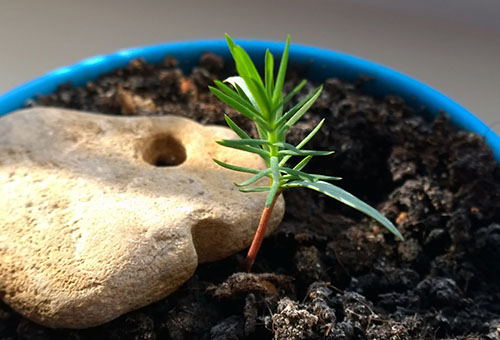
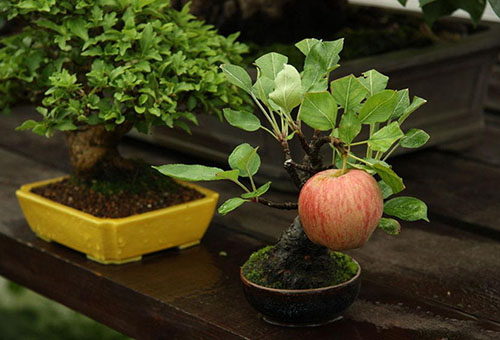
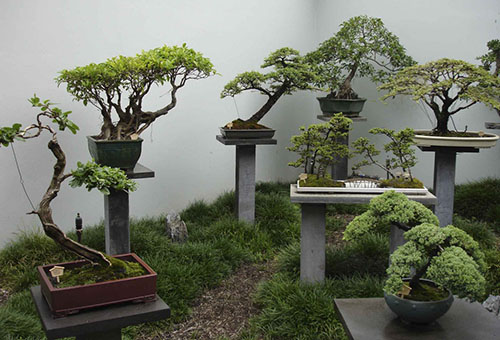
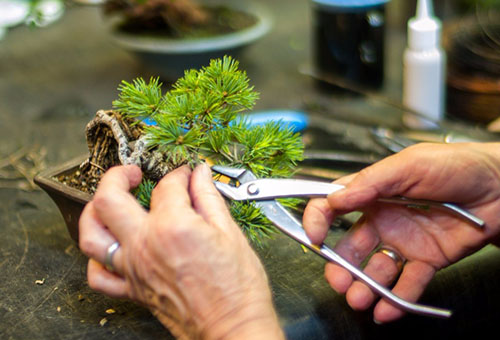

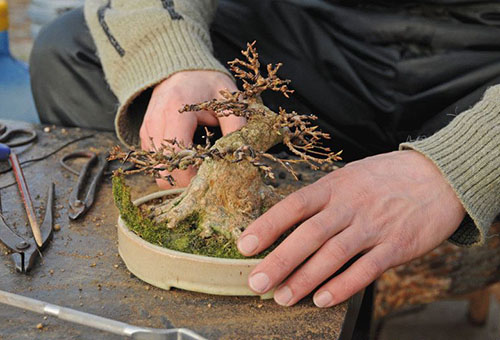
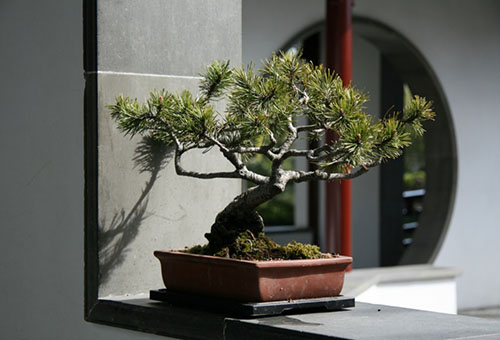
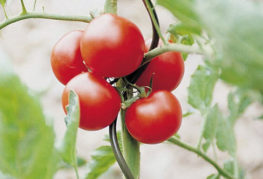

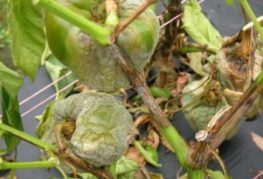
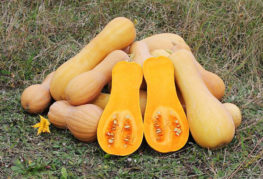
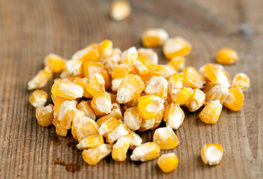

and will be published shortly.